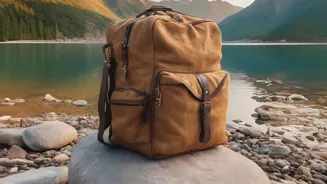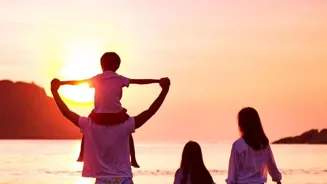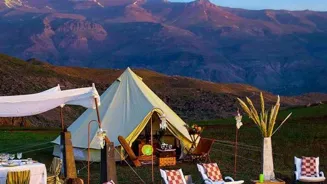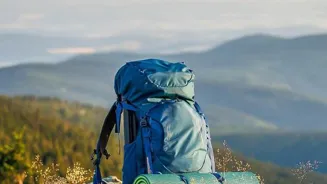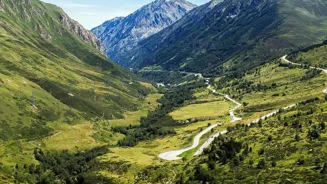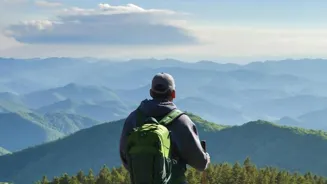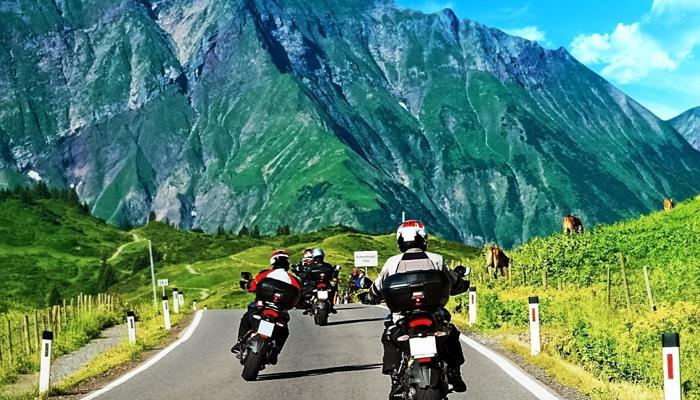Embark on your next adventure fully prepared with the essential gear! Read on for a comprehensive guide on what to pack
So, you're planning an adventure! Fantastic! Whether it's trekking in the Himalayas,
exploring the jungles of Kerala, or braving the deserts of Rajasthan, preparation is key, no? And that preparation starts with packing the right gear. Don't just throw in your old jeans and a t-shirt.
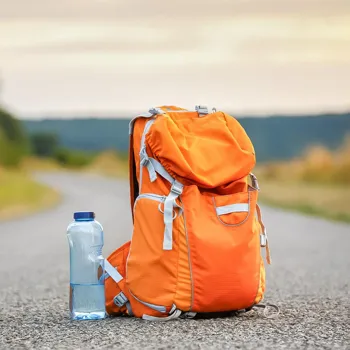
Adventure travel needs specific equipment to keep you safe, comfortable, and frankly, alive! This isn't your regular holiday; it's an expedition! So, let's talk about what absolutely needs to find a place in your backpack.
From sturdy shoes to essential navigation tools, this is your checklist for a memorable and safe adventure. We’ll break it down so even your grandmother can understand! Remember, a well-prepared traveller is a happy traveller. So read on, take notes and get packing!
Proper footwear essential for safe trekking adventures
First things first, let's talk about your feet. They're going to carry you through thick and thin (literally!). Good quality trekking shoes or boots are non-negotiable. Forget your fancy sneakers. You need ankle support, a good grip and waterproofing.
Imagine slipping on a muddy slope with unsuitable shoes! Not a pretty picture, is it? Break in your shoes before your trip to avoid blisters. Nobody wants to deal with painful blisters when they are supposed to be marveling at the scenery! Invest in good quality socks too.
Wool or synthetic socks are better than cotton as they wick away moisture, keeping your feet dry and preventing blisters. Carry extra pairs – you'll thank us later! Proper footwear can make a world of difference in your experience, and can protect from ankle twist and potential injuries.
Layering is crucial for changing weather conditions outdoors
Next up is clothing. Layering is the name of the game. The weather in the mountains or even in the jungle can change in a matter of minutes. You need to be prepared for everything! Start with a base layer of moisture-wicking fabric. This will keep sweat away from your skin and keep you comfortable.
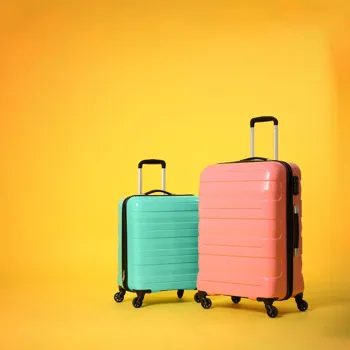
Add a mid-layer like a fleece jacket or a sweater for warmth. And finally, a waterproof and windproof outer layer to protect you from the elements. Don't forget a hat and gloves, even if you're not going somewhere particularly cold. They can keep you comfortable in case of sudden temperature drops.
Also, consider quick-drying pants or trousers. Jeans are a big no-no, especially if they get wet. They take ages to dry and can leave you feeling very uncomfortable. Pack for the weather, and pack knowing the weather can turn in an instant.
Essential tools for outdoor trekking: backpack, headlamp, first-aid kit
Now let's get to the essential tools and equipment. A reliable backpack is a must. Choose one that is comfortable, fits well, and has enough space for all your gear. Consider the size of the trek and how much you plan on carrying. Invest in a good quality headlamp or flashlight.
It's essential for navigating in the dark, especially if you're camping. A first-aid kit is of course a necessity. Include bandages, antiseptic wipes, pain relievers, and any personal medications you might need. Learn basic first-aid so you know how to use everything in your kit.
Never leave home without these things and make sure you know the basics of usage to be prepared for any emergency situation. These items are your essentials in helping you navigate tough situations.
Stay hydrated and nourished for energy and stamina during trips
Don't forget about staying hydrated and nourished! Carry a reusable water bottle or hydration pack. Staying hydrated is crucial, especially at high altitudes. Consider carrying water purification tablets or a water filter, especially if you plan on sourcing water from natural sources.
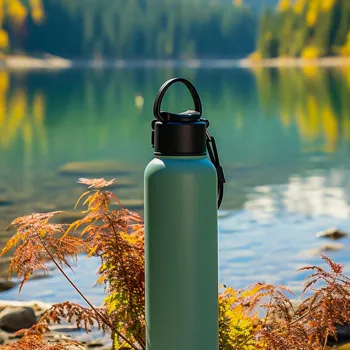
Pack high-energy snacks like nuts, granola bars, or dried fruits. You'll need the energy to keep going! A small, portable stove and cooking pot can be useful if you plan on cooking your own meals.
Always carry enough food and water for your entire trip, plus a little extra in case of emergencies such as longer travel time than planned. Proper nourishment provides you with the energy and stamina to face the unforeseen issues and challenges.
Safety tips for outdoor adventures: map, compass, whistle, multi-tool, tell someone, phone backup
Of course, safety and navigation are paramount. A map and compass are still essential, even with GPS devices. Learn how to use them before you go! A whistle is a small but crucial piece of safety equipment. You can use it to signal for help if you get lost or injured.
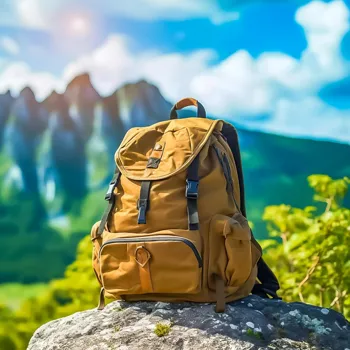
A multi-tool or knife can be useful for a variety of tasks, from repairing your gear to preparing food. Tell someone where you're going and when you expect to be back. This way, if something goes wrong, someone knows to look for you.
And finally, don't forget your phone, but remember that you might not have cell service in some areas. A satellite phone or personal locator beacon (PLB) can be a lifesaver in remote areas.
Pack light, respect nature, be prepared for adventure travel
Finally, remember to pack light and smart. Don't bring unnecessary items that will weigh you down. Plan your meals and pack only the food you need. Roll your clothes instead of folding them to save space. Use compression sacks to reduce the volume of your sleeping bag and clothes.
Leave any valuables at home. And most importantly, be respectful of the environment. Pack out everything you pack in, and leave no trace behind. Adventure travel is all about experiencing the beauty of nature. Let’s keep it that way, shall we? Now, go forth and explore!
With the right gear and a bit of preparation, your next adventure will be an unforgettable experience. Happy travels!
AI Generated Content. Glance/InMobi shall have no liability for the content